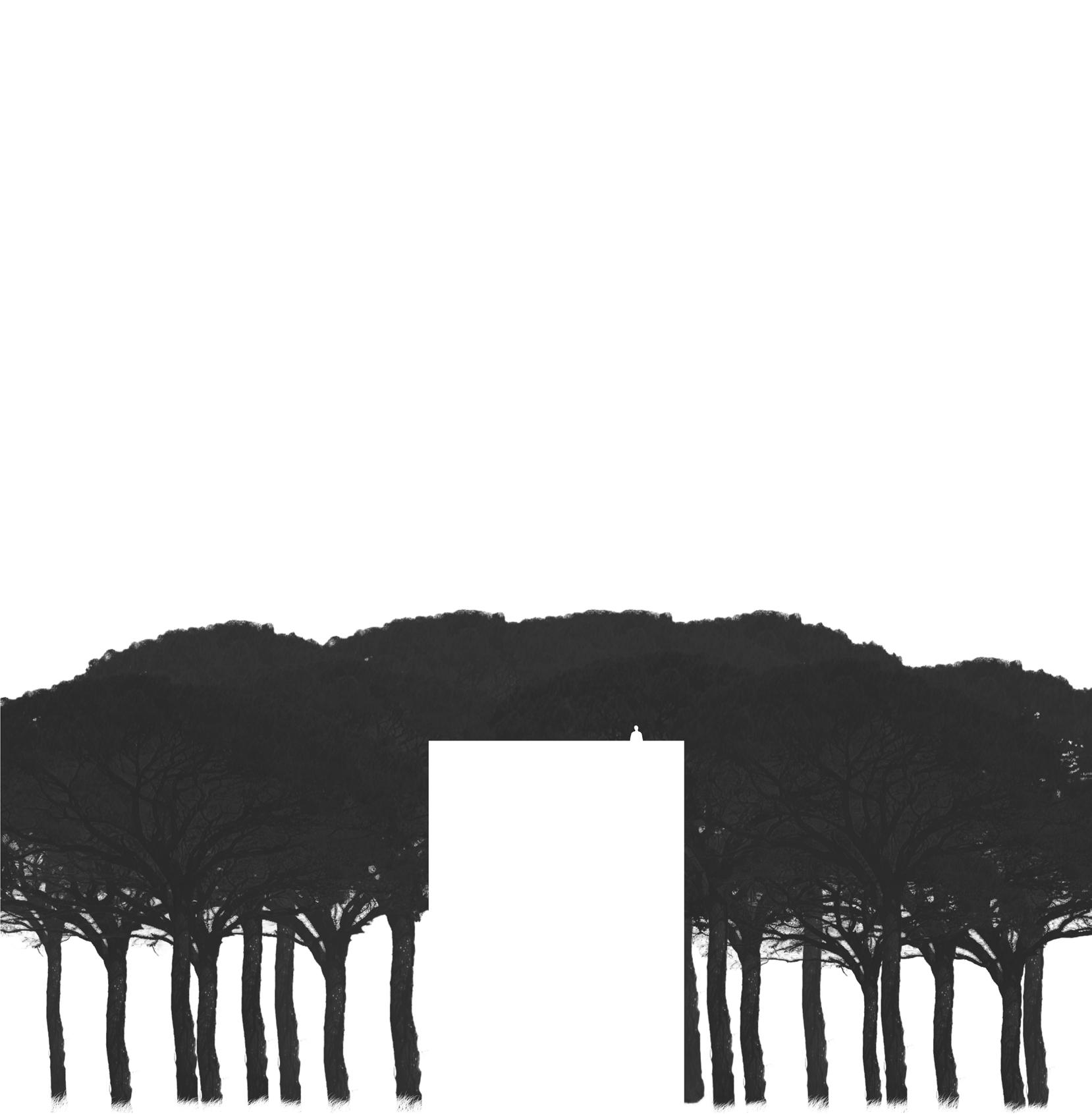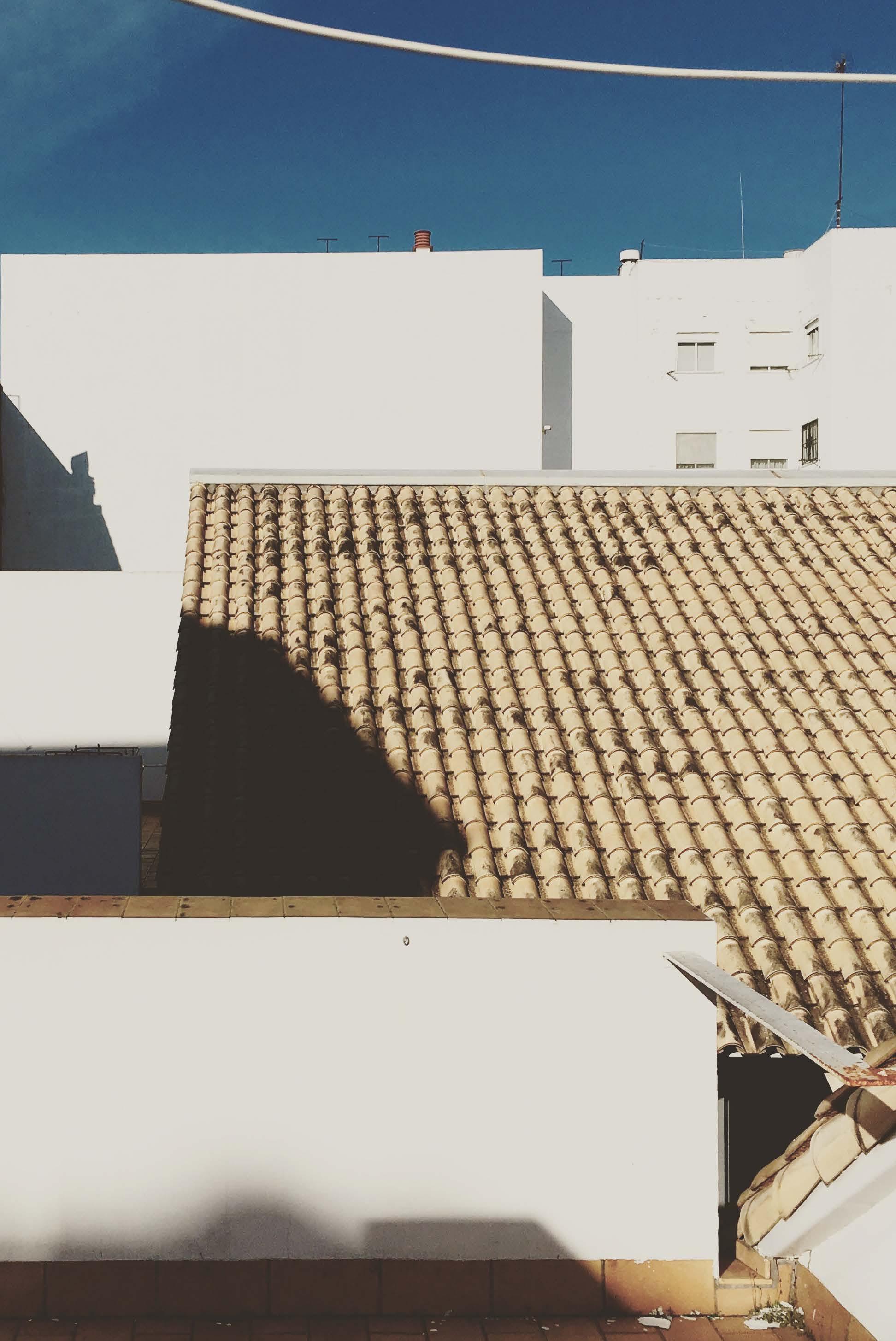
7 minute read
Teoria, ricerca, didattica Theory, Research, Teaching
teoria, ricerca, didattica | theory, research, teaching
Dimitri Pikionis Sentiero all'Acropoli. Atene.
Michelangelo Pivetta
DIDA | Università degli Studi di Firenze
Se vuoi costruire una barca, non radunare uomini per tagliare legna, dividere i compiti e impartire ordini, ma insegna loro la nostalgia per il mare vasto e infinito.1
La ricerca disciplinare nel campo del progetto di architettura dovrebbe determinare lo svolgersi di una strategia in grado di definire una teoria attraverso il suo prendere forma. La didattica in architettura è da ritenersi parte fondamentale di questo processo raggiungendo due obiettivi: istruire gli studenti ad un percorso progettuale, dal semplice al complesso, e permettere l’ispezione di definiti luoghi teorici. Il processo tende a risultare significativo all’approssimarsi dell’equilibrio intangibile ma esistente che vi è tra narrazione poetica e realtà della prassi. La disposizione di un’ampia base di verifica, nel senso del numero di progetti, amplia ovviamente le possibilità di ottenere risultati validi ai fini dell’indagine, collaborando ad un risultato altrimenti difficile da raggiungere nella condizione del progetto singolo. A questo non risulta essere secondaria la parallela possibilità di avvicinare giovani menti al complesso sistema di relazioni
If you want to build a ship, don’t gather men to chop wood, distribute tasks and give orders, but rather teach them the longing for the vast and infinite sea.1
Research related to the architectural project should determine a strategy for defining a theory through its shaping process. Teaching in architecture is to be considered as a fundamental part of this process and should achieve two objectives: to train the students in the process of developing a project, from the most simple to the most complex, and to allow the inspection of well-determined theoretical places. The process tends to become significant as it approaches the intangible yet existing balance that stands between poetical narrative and the reality of the practice. The availability of a wide base for assessment, in the sense of the number of projects, obviously increases the possibility of obtaining valid results for the purposes of the project, thus collaborating in the achievement of results which would be difficult to obtain through a single project. This possibility of approaching young minds to the complex system of rela-
1 A. de Saint-Exupéry, Cittadella, AGA Editrice, Bari 2017. 1 A. de Saint-Exupéry, Cittadella, AGA Editrice, Bari 2017.
esistenti tra teoria e progetto, all’indissolubile rapporto per sovrapposizione delle due parti, ponendo prima di tutto condizioni non avulse dalla realtà e introducendo fattori esperienziali di conoscenza che altrimenti rimarrebbero isolati, accantonati e avvicinabili solo in base alla sensibilità e possibilità autonome dei singoli. Così, come in questo caso, il processo diviene invenzione di un percorso da svolgere in senso geografico, storico e antropologico, fatto di tre racconti, narrative più o meno note di personaggi e luoghi, immaginari o meno. Tre tappe di esplorazione di un viaggio a ritroso focalizzato nei significati e nei significanti del Mediterraneo attraverso epiche vite distribuite nel tempo e nello spazio geografico e quindi da ritenere in grado di far emergere tratti distintivi all’interno dello stesso insieme coordinato. I progetti divengono così racconti di tre mediterranei, narrazioni eseguite attraverso lo stimolo di un immaginario contestualizzato in contrapposizione alla tendenza contemporanea di sublimazione dei codici e delle sottostrutture che dovrebbero definire ogni percorso progettuale. «La narrazione è […] il primo dispositivo interpretativo e conoscitivo di cui l’uomo - in quanto soggetto socio-culturalmente situato - fa uso nella sua esperienza di vita […]. Attraverso la narrazione l’uomo conferisce senso e significato al proprio esperire e delinea coordinate interpretative e prefigurative di eventi, azioni, situazioni e su queste tionships existing between theory and project, to the indissoluble relation through the superimposition of these two elements, is equally important, since it places, first of all, conditions that are not disconnected from reality and introduces experiential factors of knowledge that otherwise would remain isolated, put aside and approachable only through the sensitivity and independent possibilities of individuals. Therefore, as in this case, the process becomes the invention of a pathway to be followed and developed in a geographical, historical and anthropological sense, made of stories, of more or less well-known narratives of characters and places, whether imaginary or not. Three exploration phases of a reverse journey focused on the meanings and signifiers of the Mediterranean through epic lives distributed through time and geographical space, and thus considered as being capable of making distinctive traits emerge out of the same coordinated whole. Projects thus become the stories of three Mediterraneans, narratives followed through the stimulus of an imaginary that has been contextualised in opposition to the contemporary inclination to the sublimation of the codes and substructures that should determine every project process. «Narrative is […] the first interpretative and cognitive device which man – as a situated socio-cultural subject – utilises in his living experience […]. Through narra-
basi costruisce forme di conoscenza che lo orientano nel suo agire.»2 La narrazione innanzitutto, quindi, come dispositivo conoscitivo ed ermeneutico, la formazione di una teoria come pratica cognitiva della condizione umanistica preliminare al progetto. Teoria e progetto: termini e concetti in essi racchiusi quanto mai lontani ai nostri giorni, ma da ritenere ancora necessari all’unica possibile via evolutiva per l’opera umana. Non vi è nulla di più straordinario per chi insegna, o almeno quotidianamente ci prova, nel veder aprirsi immensi spazi intellettuali e cognitivi nelle menti giovani degli studenti. Piccole scintille fatte di quesiti e brevi indizi posti lungo il percorso, divampano spesso in profondi desideri e immense curiosità. L’aspirazione non è quella di raggiungere forme di perfezione progettuale, quasi sempre impossibili nel percorso troppo breve di un laboratorio, ma provare ad accendere una luce nella galleria frequentata dagli studenti e costituita da percorsi di studio frammentati e ormai troppo prossimi alla tecnicizzazione dell’architettura. Disciplina, l’architettura, che dopo aver dimenticato la filosofia, la teoria del progetto e molto altro, sta dimenticando la storia e a breve, di questo passo, relegherà la composizione nell’angolo delle inutilità. Del resto a nulla possono più servire questi saperi in un sistema produttivo dell’edi-
2 M. Striano, in F. Pulvirenti (a cura di), Pratiche narrative per la formazione, Aracne Editrice, Roma 2015. tive man ascribes sense and meaning to his experience and establishes the interpretative and prefigurative coordinates for events, actions and situations, and on the basis of this constructs forms of knowledge which guide his actions.»2 Narrative is thus, first and foremost, a cognitive and hermeneutic device, the formation of a theory as cognitive practice of the humanist condition that is preliminary to the project. Theory and project: terms and concepts enclosed in them as distant as ever in our day and age, but still necessary to the only possible evolutionary path for human work. Nothing is more extraordinary to a teacher, or at least to someone who tries to teach on a daily basis, to see boundless intellectual and cognitive spaces opening in the young minds of students. Small sparks made of queries and of small signs which appear along the path often burst into deep desires and immense curiosity. The ambition is not to reach forms of perfection regarding the project, almost impossible to achieve in the brief duration of the laboratory experience, but rather to attempt to turn on a light in the tunnel visited by the students and consisting of fragmented study courses which are too close to the technicisation of architecture. A field which, after having forgotten philosophy, the theory of the project and much else, is forgetting history as well, and will soon, if it continues
2 M. Striano, in F. Pulvirenti (ed.), Pratiche narrative per la formazione, Aracne Editrice, Rome 2015.
lizia, non dell’architettura sia chiaro, definito da parametri digitali di progettazione e da consuetudini pratiche rivolte esclusivamente ai valori di riduzione del tempo e dei costi. In questo mondo culturale, ormai dominio della scienza e della produzione, ci si dovrebbe chiedere sempre più spesso a chi davvero interesserà ancora l’architettura così come si ritiene essere cosa ben distante dalla semplice edilizia. Questo il problema, o il quesito a cui si dovrà con forza dare risposta se non altro per provare a dare un senso ancora al modo dell’uomo di stare sulla Terra. down this road, relegate composition to the trunk of useless things. Besides, this knowledge is no longer useful to a construction production system, not to architecture, let it be clear, that is defined by digital design parameters and common practices aimed exclusively to the reduction of times and costs. In this cultural context, dominated by science and production, we should ask ourselves more often who it is that is truly interested in architecture, understood as something that is quite different from simple construction. This is the problem, or the question for which an answer will have to be urgently found, if only to try to give a meaning to man’s way of being on Earth.
Casa nella pineta del Circeo, Sabaudia.
Casa di Ulisse, Itaca.








